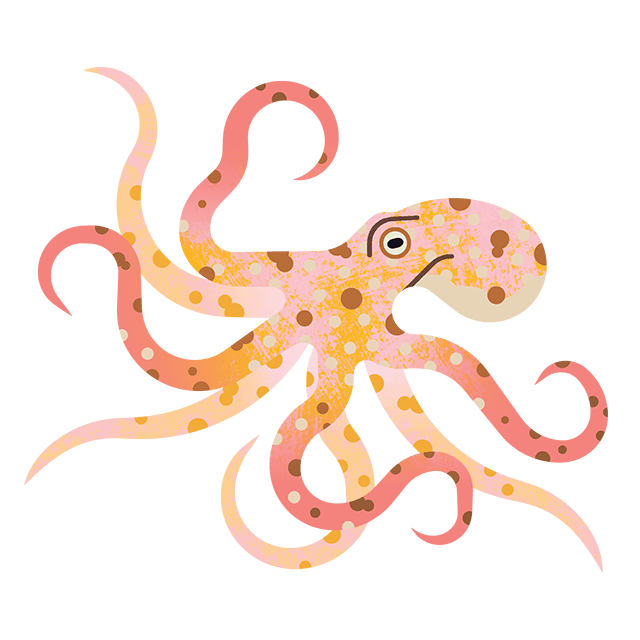
Vision for the future of Scotland’s Aquaculture published
2 minute read
This month, the Scottish Government released its Vision for Sustainable Aquaculture, setting out its plans for how the industry should develop all the way to 2045.
Aquaculture in Scotland is big business, adding £885 million to the economy in 2018. It's dominated by salmon farming, which produced 205,393 tonnes of farmed Atlantic salmon in 2021. In fact, Sottish salmon is not just Scotland’s, but the UK’s, largest food export.
This is the first time the Scottish Government has set out a vision for the industry and it's an ambitious one. Balancing recognition of the benefits that aquaculture can provide and encouraging its continued development, whilst simultaneously understanding the need of the industry to work within environmental limits, protect sensitive habitats, and in some cases, actively restore them.
The Vision is not itself a new policy, but instead guides policy development and sets a number of goals and outcomes that everyone should work towards achieving. It was developed with Scotland’s legally binding five guiding principles of the environment in mind, effectively ensuring that protecting the environment is equally considered in the agenda, alongside economic and social considerations.

Credit: Richard Johnson via Shutterstock
Alongside Scottish Environment LINK, we were invited to take a seat on Scotland’s Aquaculture Council. We welcomed the opportunity to help shape the Vision and advise on areas where we felt protection for the environment did not go far enough.
We're very pleased to see many of our recommendations included in the vision, such as the need to consider post-harvest use of cleaner fish, and the principle that unsuitable aquaculture sites can be returned to the wild rather than automatically passed on for redevelopment.
The Scottish Aquaculture Council is a great opportunity for collaboration between government, industry, NGOs, scientists and other stakeholders to meet and outline their shared ambitions for the future of aquaculture.

Credit: Dawn Purchase
A key area acknowledged within the Vision is the need for better data collection and use. This means working more collaboratively, sharing information to understand best practices, using the precautionary principle when we do not have all of the answers, and creating a more holistic, adaptive, regulatory system for the industry that considers the cumulative impact of all activity within an ecosystem.
But now the hard work begins. There are some bold, and in our opinion, long overdue commitments in the new vision that we want to see come to fruition, but it will require the focus and dedication of everyone involved.
We'll continue to use our role on the Scottish Aquaculture Council to advocate for the environment, ensure that the commitments within the Vision are implemented in a timely manner, and that progress on these commitments is being measured and achieved.


